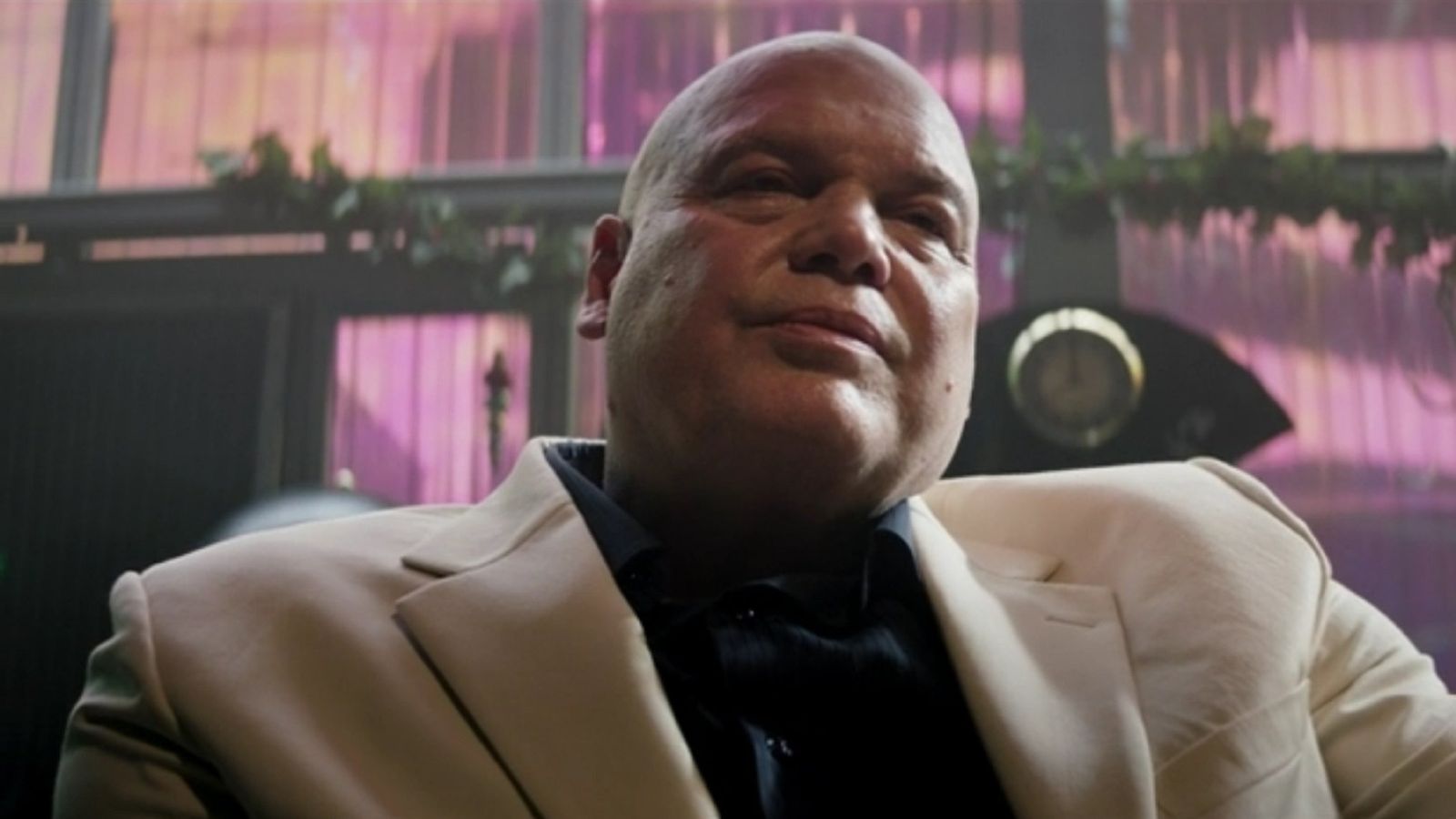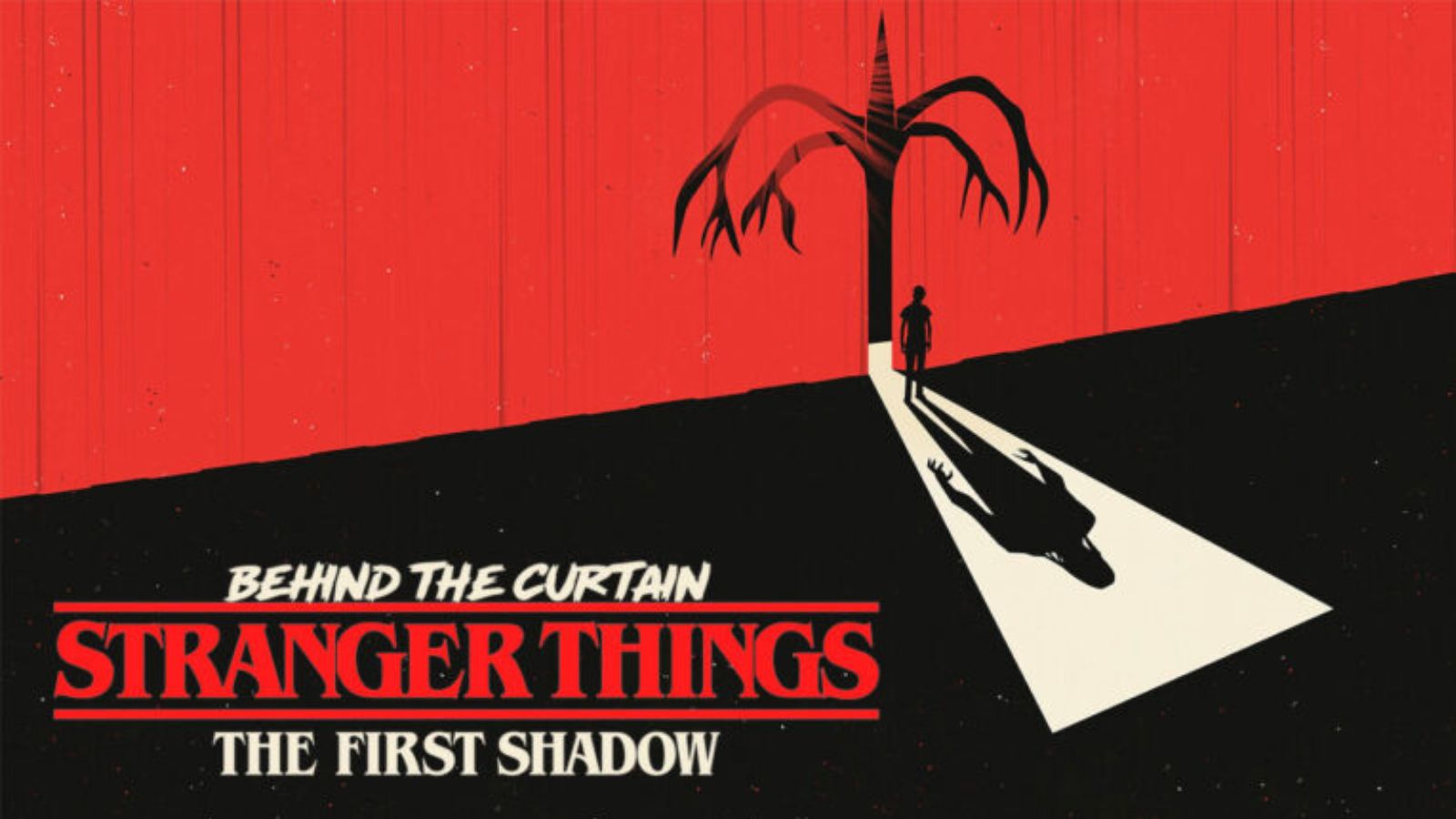
When you purchase through links on our site, we may earn an affiliate commission. Here’s how it works.
“You tell People this is what it is and some won’t do it”: The White Lotus’s Unique Salary System Explained
With season three officially wrapped, The White Lotus continues to dominate TV chatter—not just for its exotic locations and biting social commentary, but for its surprisingly egalitarian approach to actor pay. While most prestige series negotiate individual salaries based on star power and past credits, The White Lotus bucks the system with a single flat rate for every cast member—and it’s completely non-negotiable.
A flat rate for Everyone—No Exceptions
Speaking with The Hollywood Reporter, producer David Bernad laid out the show’s unorthodox pay philosophy: “Everyone is treated the same on The White Lotus. They get paid the same, and we do alphabetical billing, so you’re getting people who want to do the project for the right reasons—not to quote The Bachelor.”
That flat rate? Approximately $40,000 per episode, adding up to $320,000 for an eight-episode season, according to multiple THR sources. And this approach has held firm from season one through season three, despite the show’s growing critical acclaim, Emmy wins, and bigger names joining the cast.
“It makes it so much easier,” said casting director Meredith Tucker. “You tell people this is what it is. And some won’t do it — and honestly, you can’t hold it against people who need to make a living. Our series regulars are pretty much doing this for scale.” (via The Hollywood Reporter)
Woody Harrelson Almost Joined—Then Didn’t
That firm stance on equal pay even cost the show a few big stars. Woody Harrelson, for example, was initially set to join season three as either lead character Rick Hatchett (now played by Walton Goggins) or as his friend Frank (played by Sam Rockwell).
According to THR, Harrelson even went as far as meeting Warner Bros. Discovery CEO David Zaslav in an attempt to negotiate his salary—but was ultimately told the pay was non-negotiable. Despite accepting the role anyway, Harrelson had to drop out due to a scheduling conflict.
“I was set to do White Lotus and very excited,” he told THR. “Unfortunately, their production schedule shifted and conflicted with a pre-planned family vacation, forcing me to make an extremely hard decision. Things must be meant to be though, because I couldn’t have done as fantastic a job as Sam, who is killing it.”
Born out of Necessity, Sustained by Philosophy
According to Bernad, the decision to implement equal pay wasn’t just philosophical—it was born out of budget limitations during season one. “It’s a system we developed in the first season because there was no money to make the show,” he explained to THR.
Even as the budget for season three reportedly climbed to $6–7 million per episode, the pay system remained unchanged. That consistency has become a defining feature of the series—attracting actors who are drawn to the show’s storytelling rather than its paycheck.
The Bigger Picture
While The White Lotus may not be the highest-paying gig in Hollywood, it’s become a desirable one nonetheless. And the show’s firm stance on fairness and transparency is shaking up industry norms in its own quiet way.
Of course, it comes with trade-offs. “Some won’t do it,” Tucker admitted to THR. “I think people love this show so much that they’re willing to audition.” And judging by the influx of calls she’s already receiving for season four—even before creator Mike White has written a word—The White Lotus won’t have trouble filling its cast list any time soon.
Where can you Stream White Lotus?
The White Lotus is now streaming on HBO and Max. Do check out the recaps of Season 3 Episode 1, Episode 2, Episode 4, Episode 5, Episode 6, Episode 7, and Episode 8.











